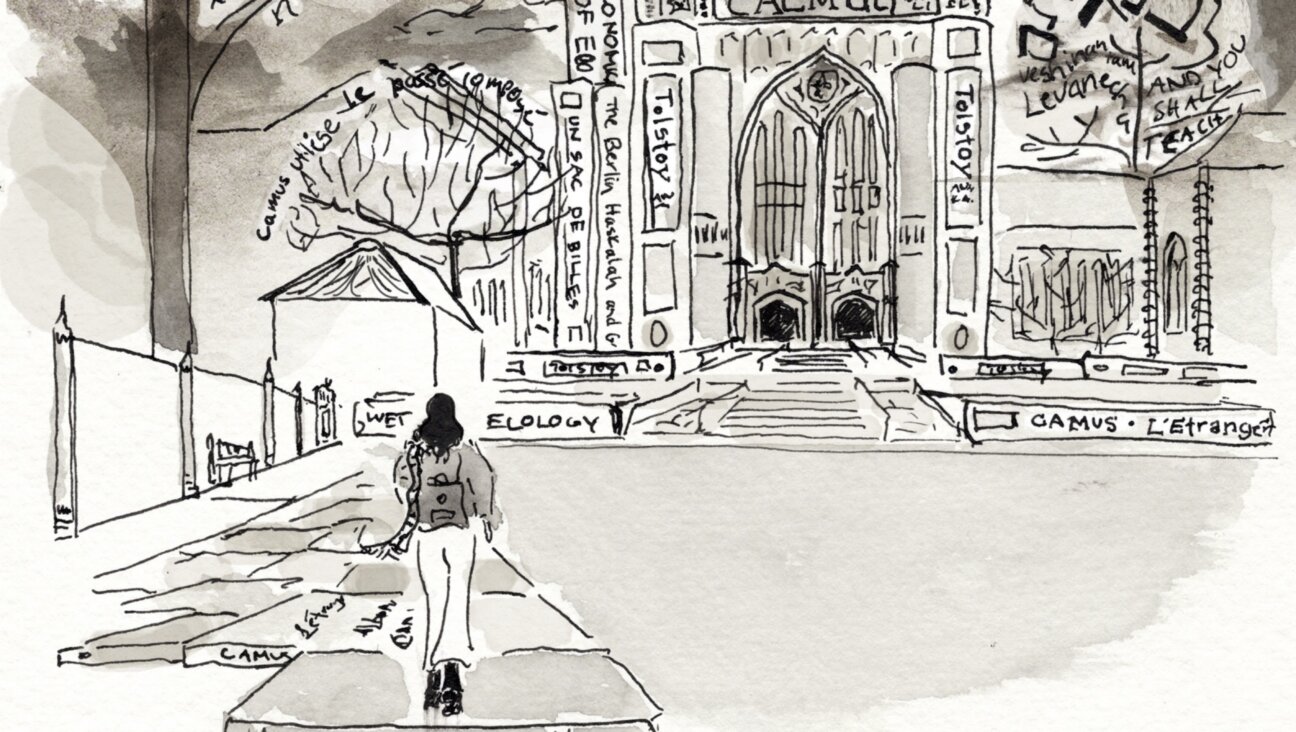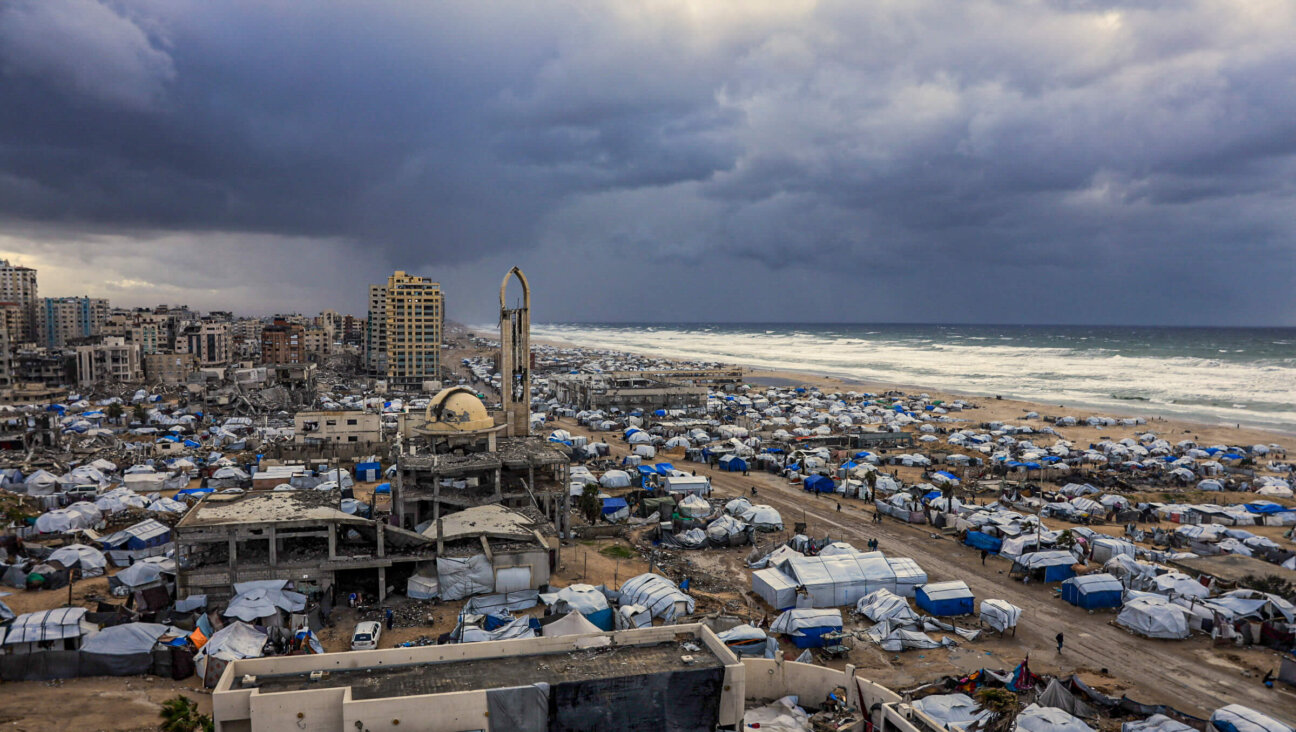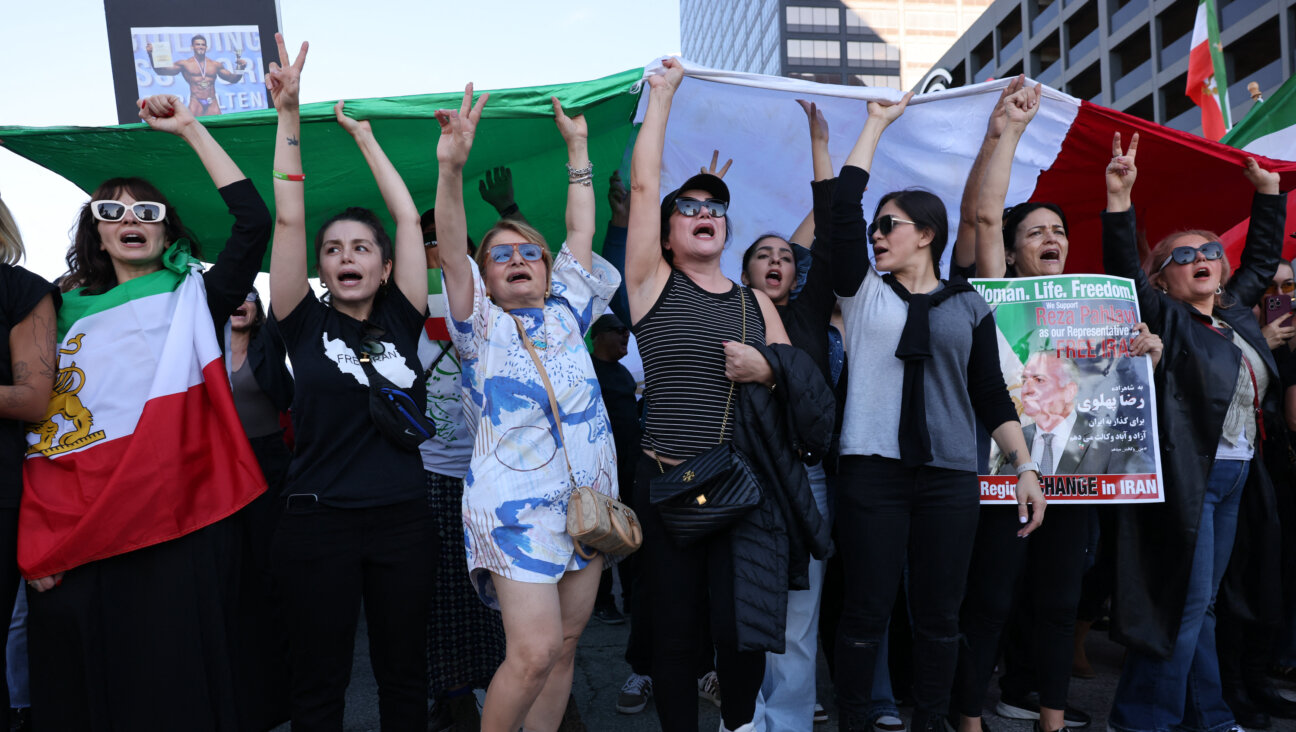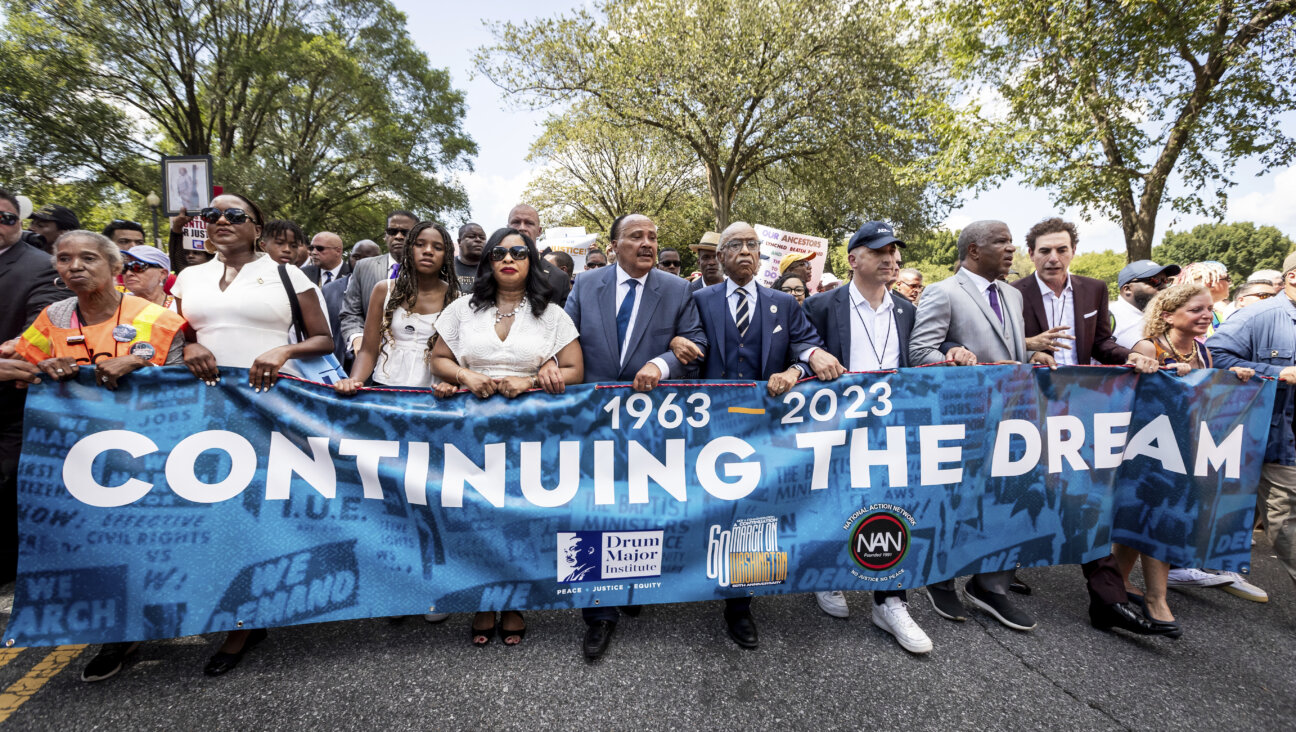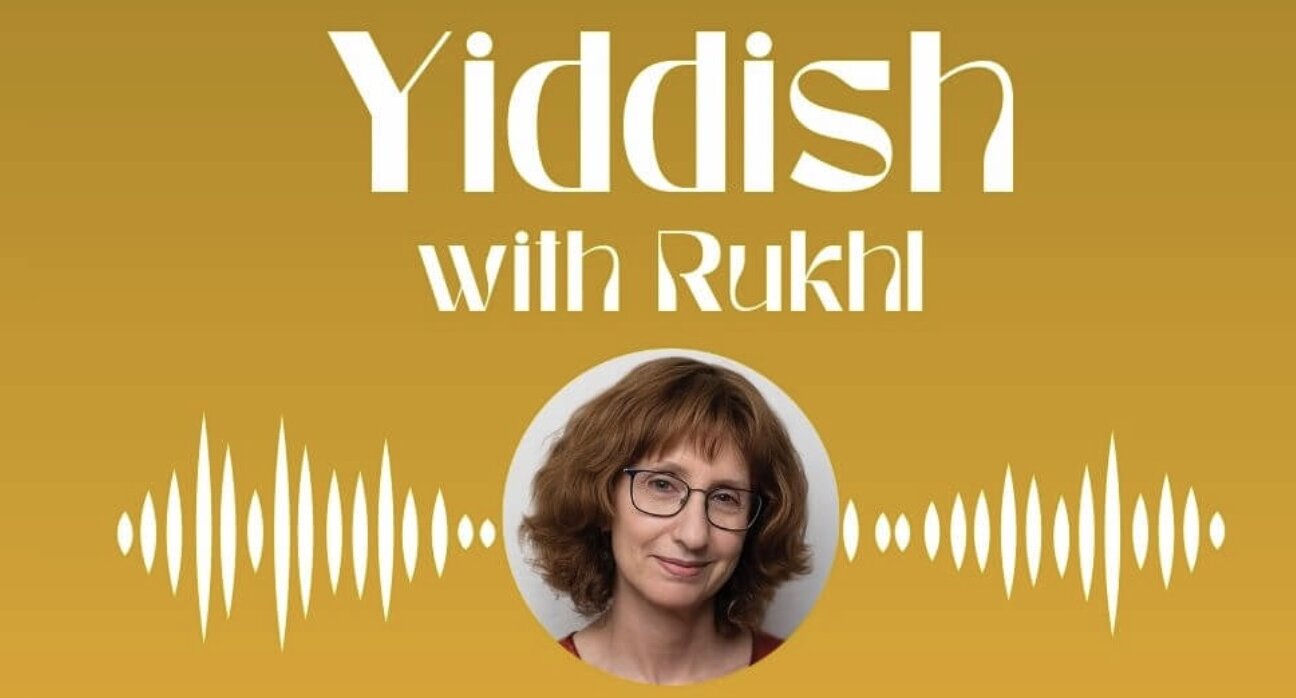The Ignored Jewish Poor

Graphic by Angelie Zaslavsky
Forty years ago, the Metropolitan Council on Jewish Poverty was founded in response to growing concerns that Jewish poverty was largely overlooked, something that was too taboo to discuss. We were all shocked when the 2002 Jewish Community Study first showed that there were 226,000 Jews living in poverty in New York City.
Unfortunately the problem has only gotten worse. A new special report on poverty by UJA-Federation of New York in partnership with the Met Council, found that 565,000 New Yorkers live in Jewish households below or near the federal poverty line. Twice as many people live in poor Jewish households today as did in 1991, an unimaginable statistic.
So why haven’t you heard more about this poverty crisis right in our community? It’s not a lack of caring from American Jews. Social action is increasingly a part of our lives; tikkun olam is central to everything we do as Jews, improving communities around the world. But when it comes to poor American Jews, there is no outcry. One part of the answer is that Jewish poverty is overwhelmingly concentrated in New York. If New York were a foreign country, American Jews would not tolerate more than 500,000 Jews living in or near poverty. We would see it as a “Jewish issue,” and hundreds of us would go on “missions” to help. But because the issue exists largely in New York, it is considered a problem for local organizations and government to address.
We can no longer afford to take that attitude. Forty-five percent of all children in Jewish households in New York now live below or near the poverty line. While the Jewish population increased by only 14% in the New York area over the past two decades, the number of people living in poor Jewish households doubled. The crisis is spreading past New York City, as well. Suburban Jewish communities in the region saw an 86% increase in poverty in just the past decade.
Three populations in particular need our help the most: Russian-speaking immigrants, the elderly and large religious households, including those that have children in need.
The report found that poverty is highest in the Russian Jewish community: Seventy-two percent of Russian-speaking Jewish seniors live in poverty in New York, making up 26% of all poor Jewish households. Many do not speak English, and thus find it hard to get work, obtain Social Security or apply for basic services. This leaves them isolated, coping with aging and poverty without help.
It’s not only the Russian elderly that need assistance; 43% of poor Jewish households are seniors that live without anyone under 65. For the elderly living alone in poverty, access to human services and housing is critical to their quality of life.
The number of poor children has increased by 10% since 2002, a particularly distressing statistic; 33% of people in poor Jewish households are children younger than 18, and these children come from diverse social, economic and geographic backgrounds. And they are located throughout the region: More than one-third of the families live in the Bronx, another third in Brooklyn and a fifth in Queens.
Some of these children grow up with large religious families. Sixty-three percent of Hasidic Jewish families in New York City are poor, making up 17% of all poor Jewish households. There has been progress as those communities become more focused on getting jobs and starting businesses. More Hasidic families are working than ever before, with nearly three-quarters of Hasidic households having at least one person employed full time. We need to empower those who are taking the steps toward independence, not demonize them as some have done. In recent years, much progress has occurred in Hasidic communities, including the development of employment training workshops for career counseling and computer skills training.
There are many faces to the Jewish poor. No one characteristic explains poverty to the exclusion of others. The reality is that many Jewish New Yorkers, not just Hasidic Jews, struggle with making enough. Currently, more than 17,000 people live in poor Jewish households in which someone is unemployed or underemployed. While human services can provide a quick response to the crisis of losing a job — emergency cash to pay rent, or access to a food pantry — just as important are the services that train people in new careers and help place them in jobs.
Jewish poverty isn’t going away as long as housing prices in urban areas remain sky-high. You may not be able to see it in your local community, but the hundreds of thousands of poor Jews living in New York are part of the larger community of American Jews, and they need your help. All American Jews need to make helping needy Jews a priority. We all have a deep and abiding responsibility for one another. Just like we took on the cause of freeing Soviet Jewry decades ago, let us take on the issue of volunteering, advocating and contributing to make the lives of impoverished Jews better.
William E. Rapfogel is the CEO and executive director of the Metropolitan Council on Jewish Poverty.

